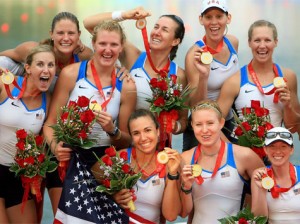Reading Singer’s and Shagoury’s piece on Stirring Up Justice, I was struck by how big of a difference it can make when a teacher establishes a very clear purpose for student writing. Instead of asking students to write pieces exclusively for the teacher to read, judge, and grade, the students were aware from the beginning that they were creating something for a larger audience. More than that, they were creating something with the specific goal: “to teach others about how to make positive change in their area of concern” (330). When a student writes an assignment and knows that their sole audience is their teacher, I think the process of writing can too easily become centered around pleasing the teacher or writing what the teacher wants to hear. There isn’t a clearly defined goal or purpose, other than “get a good grade” or “impress the teacher” or “write well”. In expanding the audience for what students are working on, it opens up space to consider a wider array of purposes for writing. I love the idea of having students work towards teaching their peers and communities. Asking students to move beyond content absorption into critical thinking and communication helps get students invested in their own work, and the work of the other students in the class.
The teacher in the article also made an effort to give the students an audience for their work by starting the year with blank walls and bulletin boards and filling them with student work as the year went on. The spaces on classroom walls are often filled with famous quotes, or exceptional work from past students. Putting student work in these locations that students associate with knowledge, learning, and wisdom can, I think, be really empowering. Having current student work dominate the walls of the classroom embodies the idea that the classroom is theirs, and reenforces the idea that it is their perspectives that matter most in the class. It also makes literal and tangible to concept of building a classroom environment. The students literally create their own classroom space. I also love that this allows for a fresh start to each year. I think it would help me go into every year with an open mind, ready to work with new students and not just continue to do what worked with students in the past.

